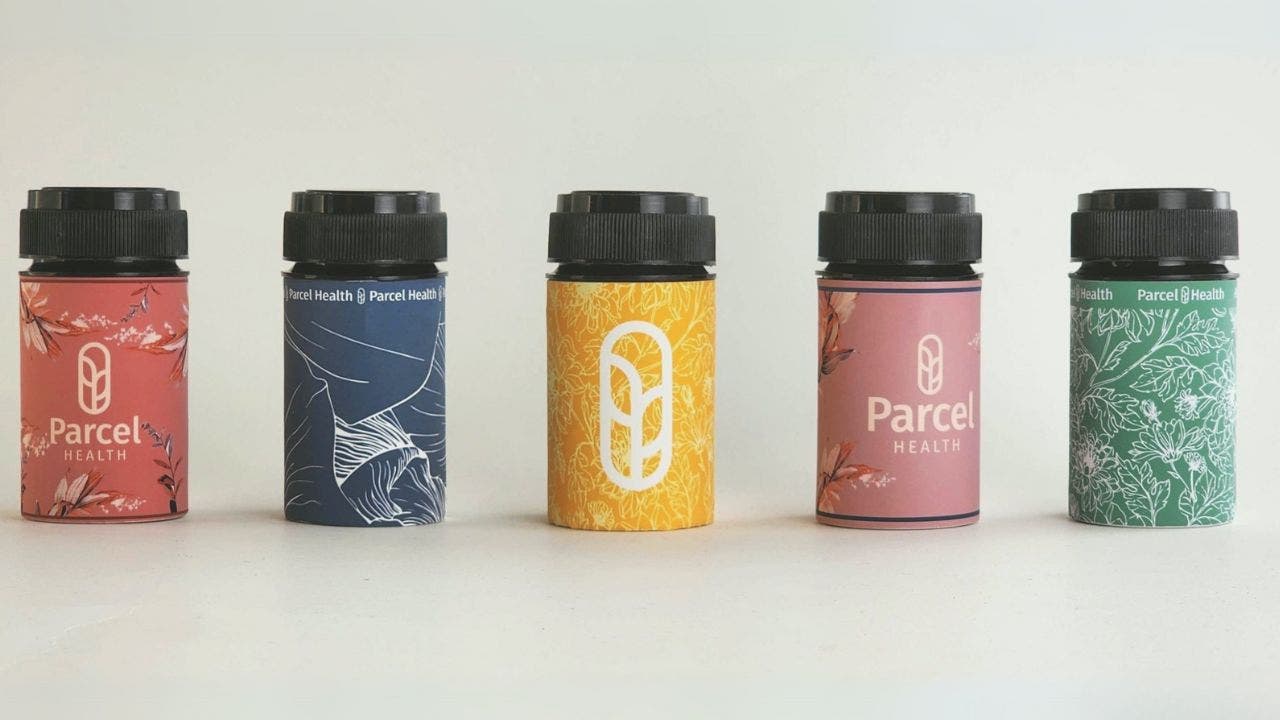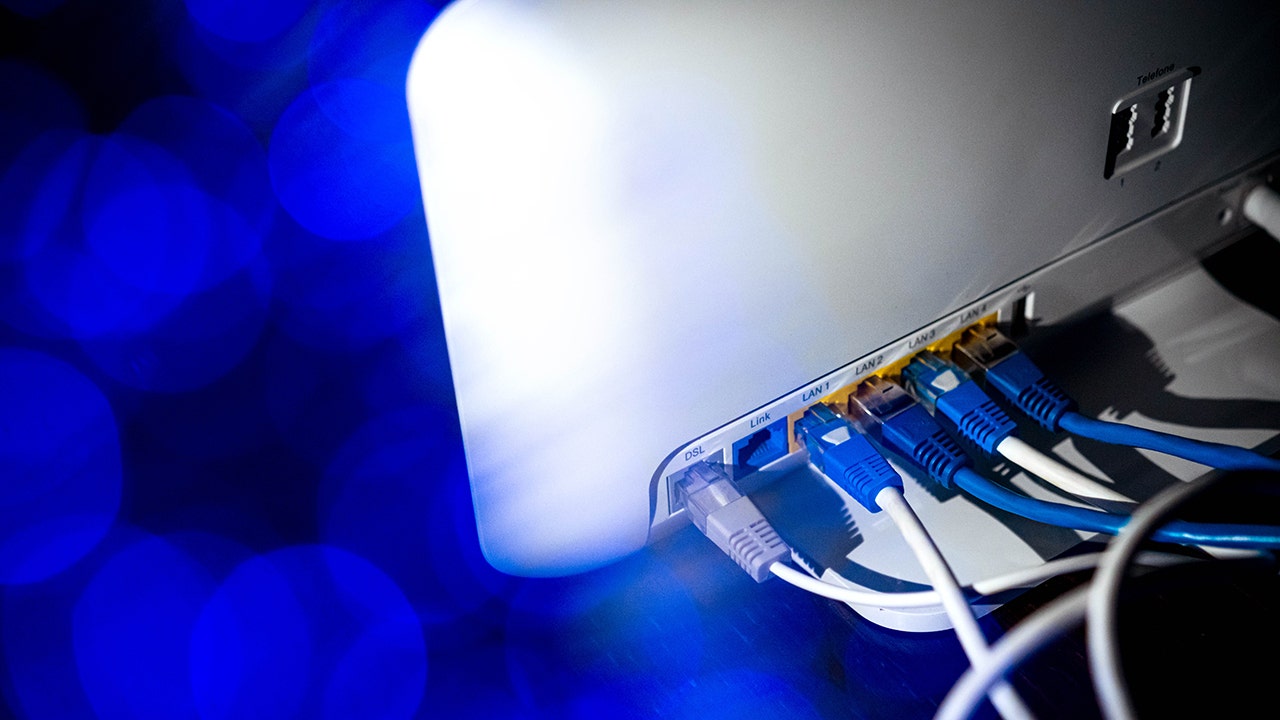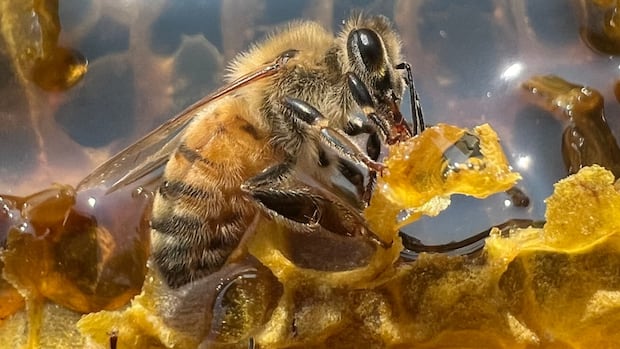Pharma’s plastic prescription bottle problem gets a paper solution

Have you ever stopped to think about what happens to those little orange pill bottles after you finish your prescription? Every year, around 200 billion of these bottles are produced worldwide, and sadly most of them end up in landfills. In the U.S. alone, about 4 to 5 billion plastic pill bottles are thrown away each year. That’s enough plastic to circle the Earth multiple times. While they might seem harmless, these bottles contribute significantly to the growing plastic pollution crisis because they’re often not recycled properly.
Plastic has become the go-to material for packaging, including in medicine, because it’s cheap, durable, and easy to produce. However, the environmental cost is huge, and the pharmaceutical industry has struggled to find a sustainable alternative. Enter the Tully Tube, a revolutionary new pill bottle made mostly from 100% sustainably sourced paper. Developed by Parcel Health, this isn’t just any paper bottle. It’s the first one to meet the strict U.S. FDA regulations for food-contact packaging, making it safe to use for prescription medications.
What makes the Tully Tube really impressive is how it balances sustainability with practicality. The body of the bottle is made from recyclable and compostable paper, which means it can break down naturally instead of piling up in landfills. The cap, which needs to be child-resistant for safety, is still made from plastic but uses recycled materials to reduce its environmental impact.
How does it keep pills safe? You might be wondering how a paper bottle can protect pills from moisture, heat, or damage during shipping. The Tully Tube uses a clever three-layer construction. It’s coated with a food-safe compostable layer that keeps water and humidity out, ensuring your medication stays fresh and effective. When it’s time to toss the bottle, a patented pull tab makes it easy to separate the paper body from the plastic cap and neck. This means the paper part can be composted or recycled, while the plastic pieces can be recycled separately. It’s a simple but smart way to make sure every part of the bottle is handled properly at the end of its life.
One of the biggest hurdles for sustainable packaging is cost. Fortunately, the Tully Tube is priced competitively with traditional plastic bottles, so pharmacies don’t have to pay more to go green. Plus, because the paper surface is easier and cheaper to print on, pharmacies and pharmaceutical companies can customize the bottles with logos, designs, or even characters to make the packaging more engaging for customers. From an environmental perspective, the Tully Tube reduces carbon emissions by about 30% compared to plastic bottles. That’s a significant cut in greenhouse gases, especially when you consider the billions of bottles used every year.
UVA Health is already leading the way by rolling out Tully Tubes across its system. This move is expected to eliminate millions of plastic bottles from their waste stream, showcasing how sustainable packaging can work even in industries with strict safety and regulatory standards. Their example proves that eco-friendly alternatives aren’t just theoretical, they’re ready for real-world use today.
The Tully Tube may seem like a small innovation, but it has the potential to make a huge environmental difference. It challenges the longstanding reliance on plastic in the pharmaceutical industry by offering a practical, safe, and sustainable alternative. As more hospitals and pharmacies consider adopting this new packaging, the impact could be enormous.
Would you be open to using a paper pill bottle instead of the traditional plastic one? Why or why not? Let us know by writing us at Cyberguy.com/Contact. For more of Kurt’s tech tips and security alerts, subscribe to his free CyberGuy Report Newsletter by heading to Cyberguy.com/Newsletter.




